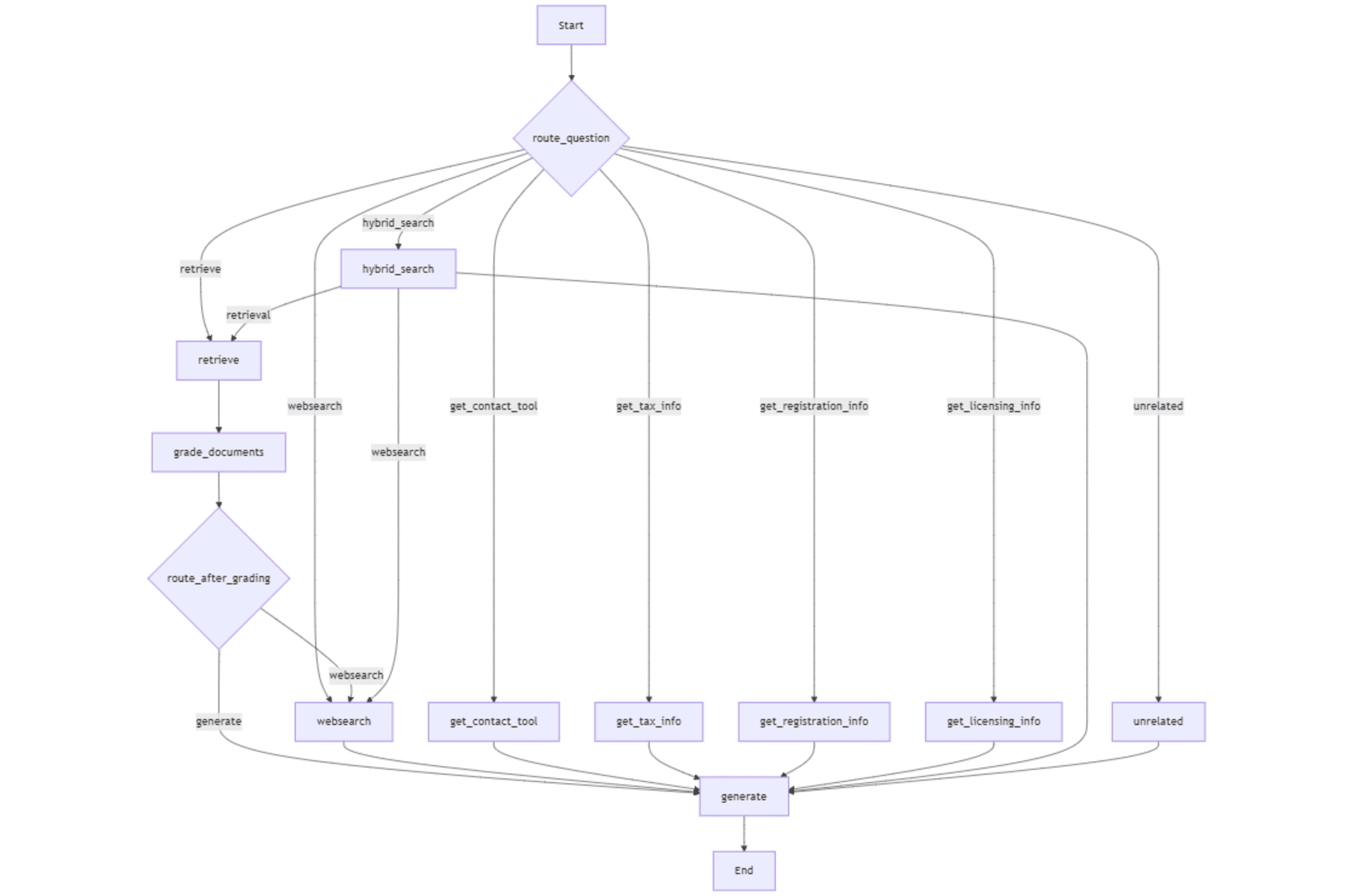The Role of Data Engineering in Modernizing Legacy Systems: A Consultant’s Perspective
In the fast pace of today's business environment, legacy systems that have been around for years often prove to be the biggest restraint on organizations. Even though they were reliable and worked perfectly fine in the past, modern data processing demands and scalability with newer technologies prove difficult for legacy systems to adapt to. Hence, there is an increasing demand from businesses to modernize such legacy systems in order to maintain their competitive advantage. Data engineering is an important part of modernizing legacy systems by ensuring smooth data migration, integration, and transformation. From a consultant's point of view, the secret to a successful modernization project lies in understanding how to leverage data engineering to unlock the full potential of these older systems while transitioning to a more scalable, efficient, and future-proof architecture. 1. Understanding the Limitations of Legacy Systems Legacy systems are plagued with issues like outdated infrastructure, rigid data structures, poor scalability, and limited integration capabilities. Legacy systems tend to store data in siloed formats and are not built to accommodate modern data analytics or machine learning workflows. Real-time data processing, which is often a necessity for businesses wanting to make rapid, data-driven decisions, might also not be supported by legacy systems. Data engineering consultants work to find these limitations and formulate strategies that would bridge the gap between legacy systems and modern technology. They mainly focus on optimizing and modernizing data storage, integration, and processing pipelines for better accessibility and actionability. 2. Data Migration: Migrating into Modern Architectures One of the initial steps of legacy system modernization is data migration. Data migration refers to the transfer of data from old storage systems to modern data platforms, including cloud-based data lakes, data warehouses, or real-time processing systems. The consultants assess the existing data architecture, evaluate data quality, and develop a comprehensive migration strategy that minimizes disruptions to ongoing business operations. The consultant's role is of prime importance, ensuring that data migration is a smooth, secure, and efficient process. He saves businesses from the common pitfalls of data loss, inconsistencies, or downtime in the transition. With modern data storage and management, businesses become better scalable, flexible, and open to more advanced analytics. 3. Data Integration: Smooth Communication Between Systems This creates a need for data integration across systems. Legacy systems are usually disintegrated with newer platforms and result in the formation of data silos that are inefficient workflows. Data engineering consultants bridge this gap by implementing integration solutions that will allow smooth communication between legacy systems and modern technologies. This creates pipelines that integrate real-time exchange of data from disparate systems with the help of data integration tools such as Apache Kafka, MuleSoft, or custom-built connectors, thus allowing the business to utilize unified and consistent data across all departments, applications, and services. This kind of integration unlocks the opportunity for businesses to explore advanced analytics, machine learning, and AI opportunities that can potentially enhance decision-making and operational efficiency. 4. Data Transformation: Preparing Data for Modern Analytics and Machine Learning Another critical role of data engineering in legacy system modernization is to transform data so it could be available for modern analytics and machine learning. Legacy systems often store data in outdated formats or structures that are not conducive to advanced analytics. Data engineering consultants solve this by implementing transformation processes that cleanse, normalize, and restructure data to fit the needs of modern data platforms. Consultants strive to make ETL pipelines efficient so that the data is extracted from legacy systems and can be easily moved into modern systems where it can be analyzed and visualized. This allows businesses to utilize advanced analytics, predictive modeling, and AI algorithms in gaining insights that could not be possible using legacy systems with clean, structured, and well-organized data. 5. Cloud Migration and Scalability Cloud technology plays a major role in modernizing legacy systems. By migrating legacy systems to the cloud, businesses can unlock the scalability, flexibility, and performance required for today’s data-driven operations. Data engineering consultants help organizations assess which aspects of their legacy infrastructure should be moved to the cloud and design cloud architectures that ensure optimal performance and cost-efficiency. Consultants also support the organization to choose the best cloud services and tools—either public, private, or a hybrid cloud envi

In the fast pace of today's business environment, legacy systems that have been around for years often prove to be the biggest restraint on organizations. Even though they were reliable and worked perfectly fine in the past, modern data processing demands and scalability with newer technologies prove difficult for legacy systems to adapt to. Hence, there is an increasing demand from businesses to modernize such legacy systems in order to maintain their competitive advantage.
Data engineering is an important part of modernizing legacy systems by ensuring smooth data migration, integration, and transformation. From a consultant's point of view, the secret to a successful modernization project lies in understanding how to leverage data engineering to unlock the full potential of these older systems while transitioning to a more scalable, efficient, and future-proof architecture.
1. Understanding the Limitations of Legacy Systems
Legacy systems are plagued with issues like outdated infrastructure, rigid data structures, poor scalability, and limited integration capabilities. Legacy systems tend to store data in siloed formats and are not built to accommodate modern data analytics or machine learning workflows. Real-time data processing, which is often a necessity for businesses wanting to make rapid, data-driven decisions, might also not be supported by legacy systems.
Data engineering consultants work to find these limitations and formulate strategies that would bridge the gap between legacy systems and modern technology. They mainly focus on optimizing and modernizing data storage, integration, and processing pipelines for better accessibility and actionability.
2. Data Migration: Migrating into Modern Architectures
One of the initial steps of legacy system modernization is data migration. Data migration refers to the transfer of data from old storage systems to modern data platforms, including cloud-based data lakes, data warehouses, or real-time processing systems. The consultants assess the existing data architecture, evaluate data quality, and develop a comprehensive migration strategy that minimizes disruptions to ongoing business operations.
The consultant's role is of prime importance, ensuring that data migration is a smooth, secure, and efficient process. He saves businesses from the common pitfalls of data loss, inconsistencies, or downtime in the transition. With modern data storage and management, businesses become better scalable, flexible, and open to more advanced analytics.
3. Data Integration: Smooth Communication Between Systems
This creates a need for data integration across systems. Legacy systems are usually disintegrated with newer platforms and result in the formation of data silos that are inefficient workflows. Data engineering consultants bridge this gap by implementing integration solutions that will allow smooth communication between legacy systems and modern technologies.
This creates pipelines that integrate real-time exchange of data from disparate systems with the help of data integration tools such as Apache Kafka, MuleSoft, or custom-built connectors, thus allowing the business to utilize unified and consistent data across all departments, applications, and services.
This kind of integration unlocks the opportunity for businesses to explore advanced analytics, machine learning, and AI opportunities that can potentially enhance decision-making and operational efficiency.
4. Data Transformation: Preparing Data for Modern Analytics and Machine Learning
Another critical role of data engineering in legacy system modernization is to transform data so it could be available for modern analytics and machine learning. Legacy systems often store data in outdated formats or structures that are not conducive to advanced analytics. Data engineering consultants solve this by implementing transformation processes that cleanse, normalize, and restructure data to fit the needs of modern data platforms.
Consultants strive to make ETL pipelines efficient so that the data is extracted from legacy systems and can be easily moved into modern systems where it can be analyzed and visualized. This allows businesses to utilize advanced analytics, predictive modeling, and AI algorithms in gaining insights that could not be possible using legacy systems with clean, structured, and well-organized data.
5. Cloud Migration and Scalability
Cloud technology plays a major role in modernizing legacy systems. By migrating legacy systems to the cloud, businesses can unlock the scalability, flexibility, and performance required for today’s data-driven operations. Data engineering consultants help organizations assess which aspects of their legacy infrastructure should be moved to the cloud and design cloud architectures that ensure optimal performance and cost-efficiency.
Consultants also support the organization to choose the best cloud services and tools—either public, private, or a hybrid cloud environment—that would benefit the business most. They empower businesses to expand their operations without much hassle and as efficiently as possible, allowing data infrastructure to adapt to growth whenever demand calls for it, thus not limited to the confines of on-premises systems.
6. Real-Time Data Processing and Analytics
Modern businesses require real-time data to respond quickly to changing conditions, whether it's monitoring user activity, detecting anomalies, or managing inventory. Legacy systems are often not designed for real-time data processing, which can lead to delays in decision-making.
Data engineering consultants implement technologies, such as Apache Kafka, Apache Flink, or Spark Streaming, that allow data to be processed in real-time. This capability provides insights from business processes for immediate decision-making.
Legacy system upgradation in real-time analytics gives an organization an agile and responsive system, improving its ability to cope with changing business environments.
7. Security and Compliance
Legacy systems may or may not continue to meet modern-day security standards as well as meeting compliance requirements- especially with fast-changing data privacy laws and regulation. Data Engineering consultants are most important in ensuring adherence to security best practices and strict compliance standards; for example GDPR, HIPAA, or CCPA.
They implement encryption, access control, and auditing mechanisms to secure sensitive data when businesses transition to modern systems. Consultants also ensure that the data infrastructure is planned to satisfy regulatory requirements, thus avoiding costly fines and data breaches for businesses.
Conclusion
Data engineering is the backbone of legacy system modernization, enabling businesses to overcome the limitations of outdated technologies and transition to more scalable, flexible, and data-driven infrastructures. From data migration and integration to real-time processing and security, data engineering consultants bring expertise and solutions that help organizations modernize their legacy systems and unlock the potential of big data.
Future-proofing the data infrastructure with data engineering consultants is how businesses will be able to take advantage of advanced analytics, machine learning, and cloud technologies for growth, innovation, and competitive advantage.






















